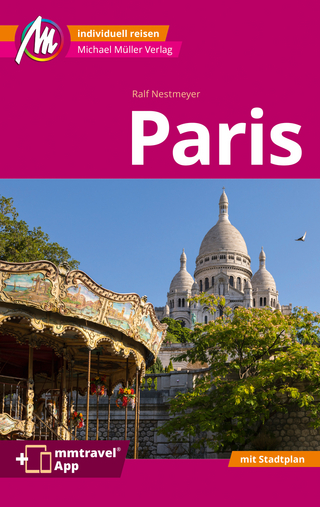
The Riviera, Exposed
Cornell University Press (Verlag)
978-1-5017-6301-4 (ISBN)
Outside of Paris, the Riviera has been the most visited region in France, depending almost exclusively on tourism as its economic lifeline. Until recently, we knew a great deal about the tourists but much less about the social and environmental impacts of their activities or about the life stories of the North African workers upon whom the Riviera's prosperity rests. The technologies embedded in roads, airports, hotels, water lines, sewers, beaches, and marinas all required human intervention—and travelers were encouraged to disregard this intervention. Harp's sharp analysis explores the impacts of massive construction and public works projects, revealing the invisible infrastructure of tourism, its environmental effects, and the immigrants who built the Riviera.
The Riviera, Exposed unearths a gritty history, one of human labor and ecological degradation that forms the true foundation of the glamorous Riviera of tourist mythology.
Stephen L. Harp is Distinguished Professor of History at the University of Akron. He is the author of A World History of Rubber, Au Naturel, and Marketing Michelin.
Introduction: The Hidden Riviera
1. Building Hotels and Housing for the Rich and the Rest
2. Reconstructing the Riviera, Sleeping in Squats and Shantytowns
3. Providing Potable Water and WCs
4. Fattening Up Beaches and Polluting the Mediterranean
5. Erecting an Airport and Living with Jet Planes
6. Remaking Roads and Disciplining Drivers
Epilogue: The More Things Change
| Erscheinungsdatum | 12.04.2022 |
|---|---|
| Reihe/Serie | Histories and Cultures of Tourism |
| Vorwort | Eric G. E. Zuelow |
| Zusatzinfo | 20 Halftones, black and white; 4 Maps |
| Verlagsort | Ithaca |
| Sprache | englisch |
| Maße | 152 x 229 mm |
| Gewicht | 907 g |
| Themenwelt | Reiseführer ► Europa ► Frankreich |
| Geisteswissenschaften ► Geschichte ► Regional- / Ländergeschichte | |
| Wirtschaft | |
| ISBN-10 | 1-5017-6301-6 / 1501763016 |
| ISBN-13 | 978-1-5017-6301-4 / 9781501763014 |
| Zustand | Neuware |
| Informationen gemäß Produktsicherheitsverordnung (GPSR) | |
| Haben Sie eine Frage zum Produkt? |


